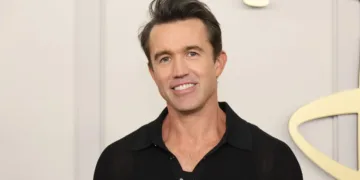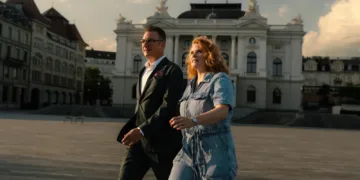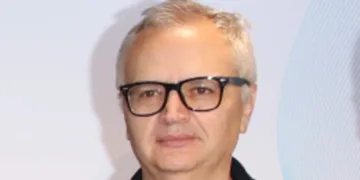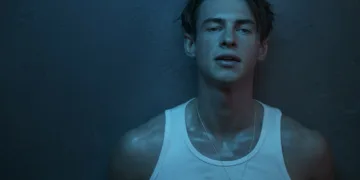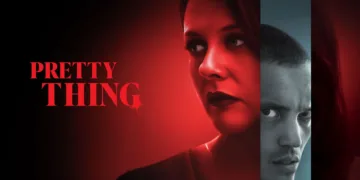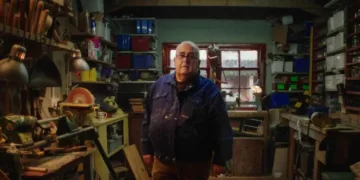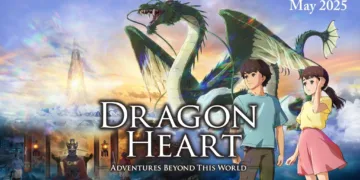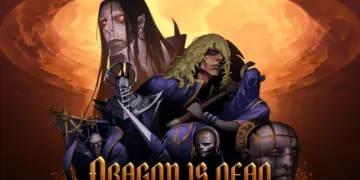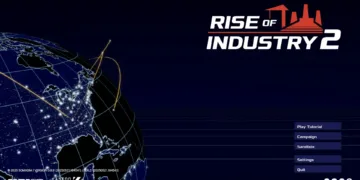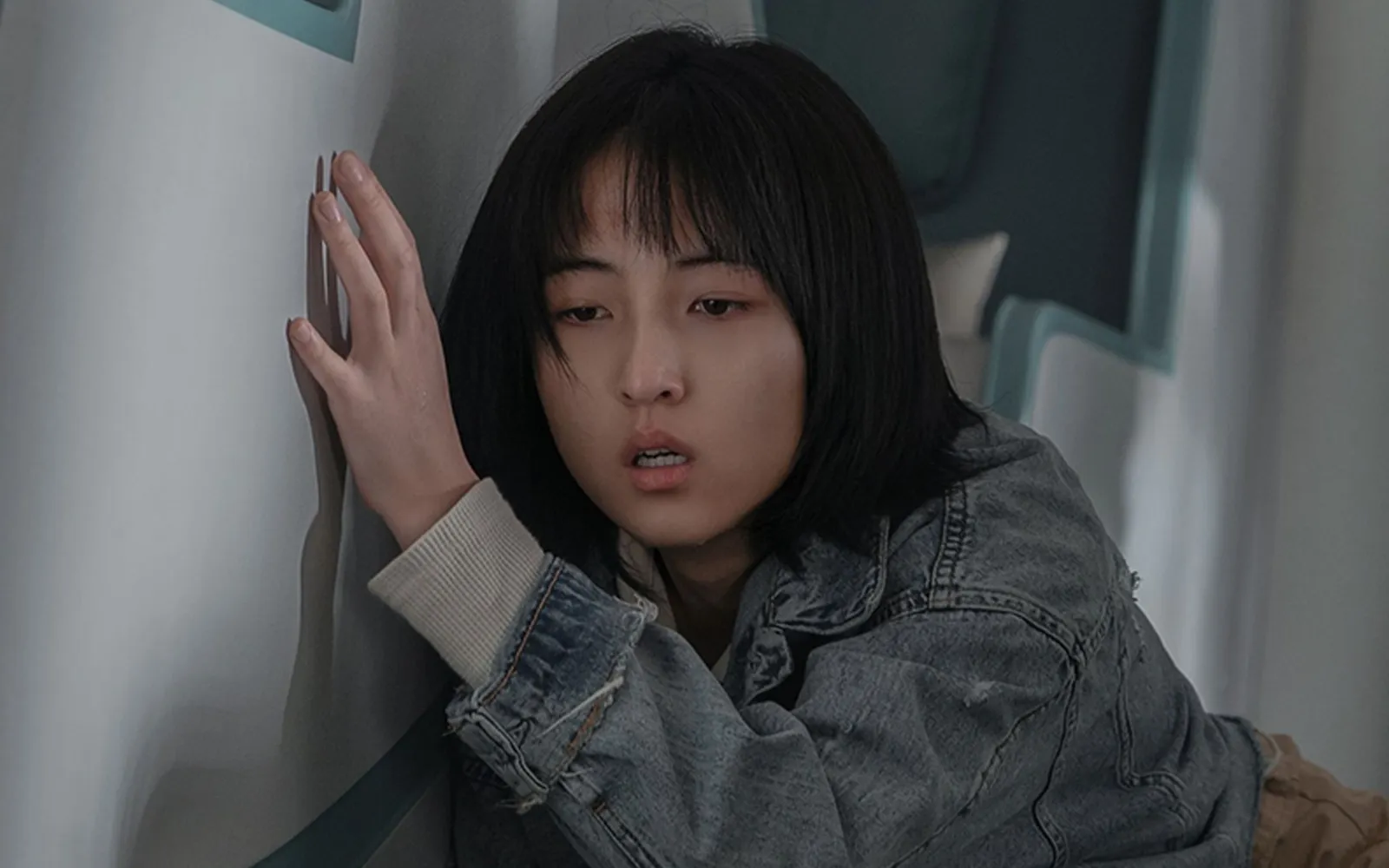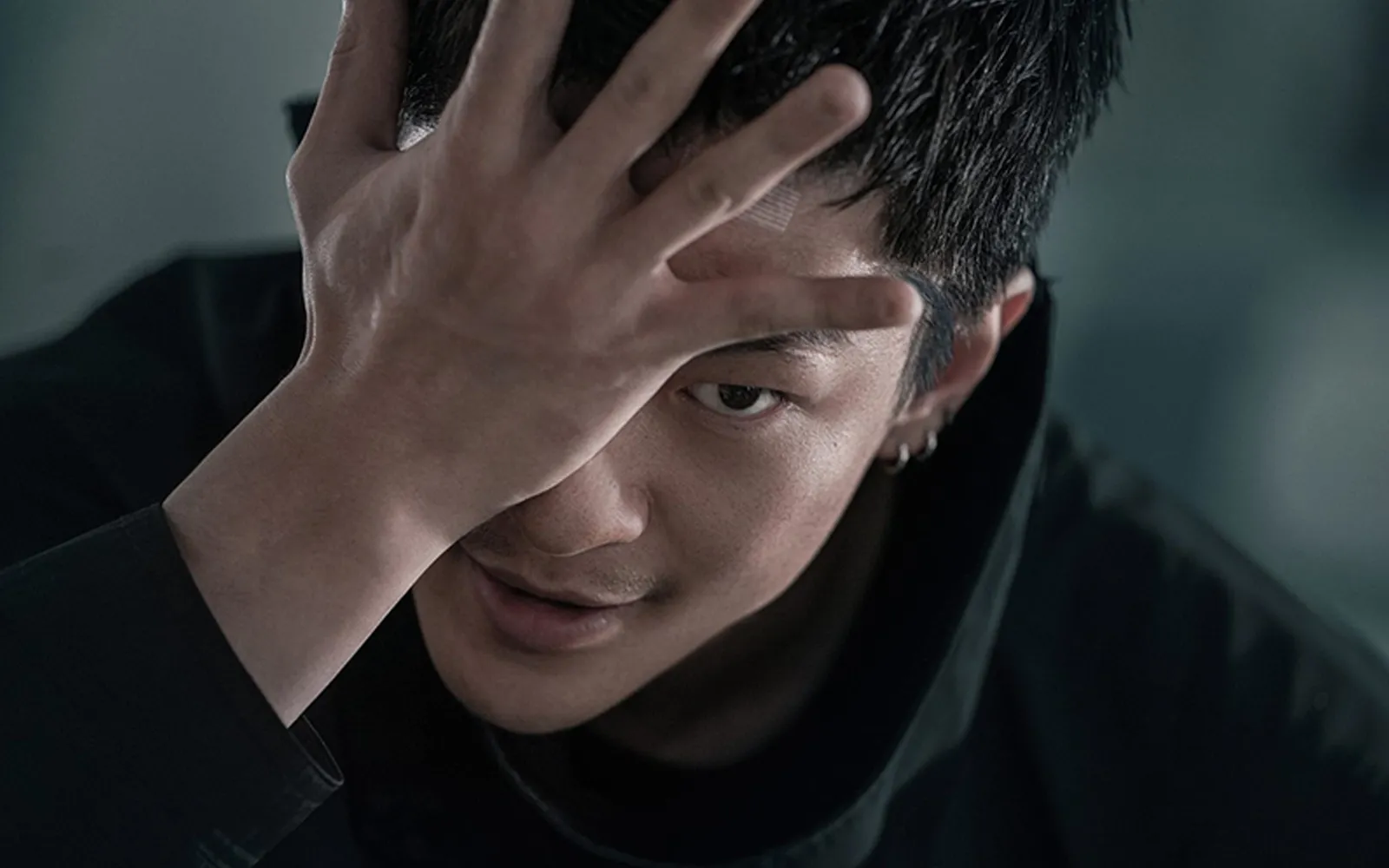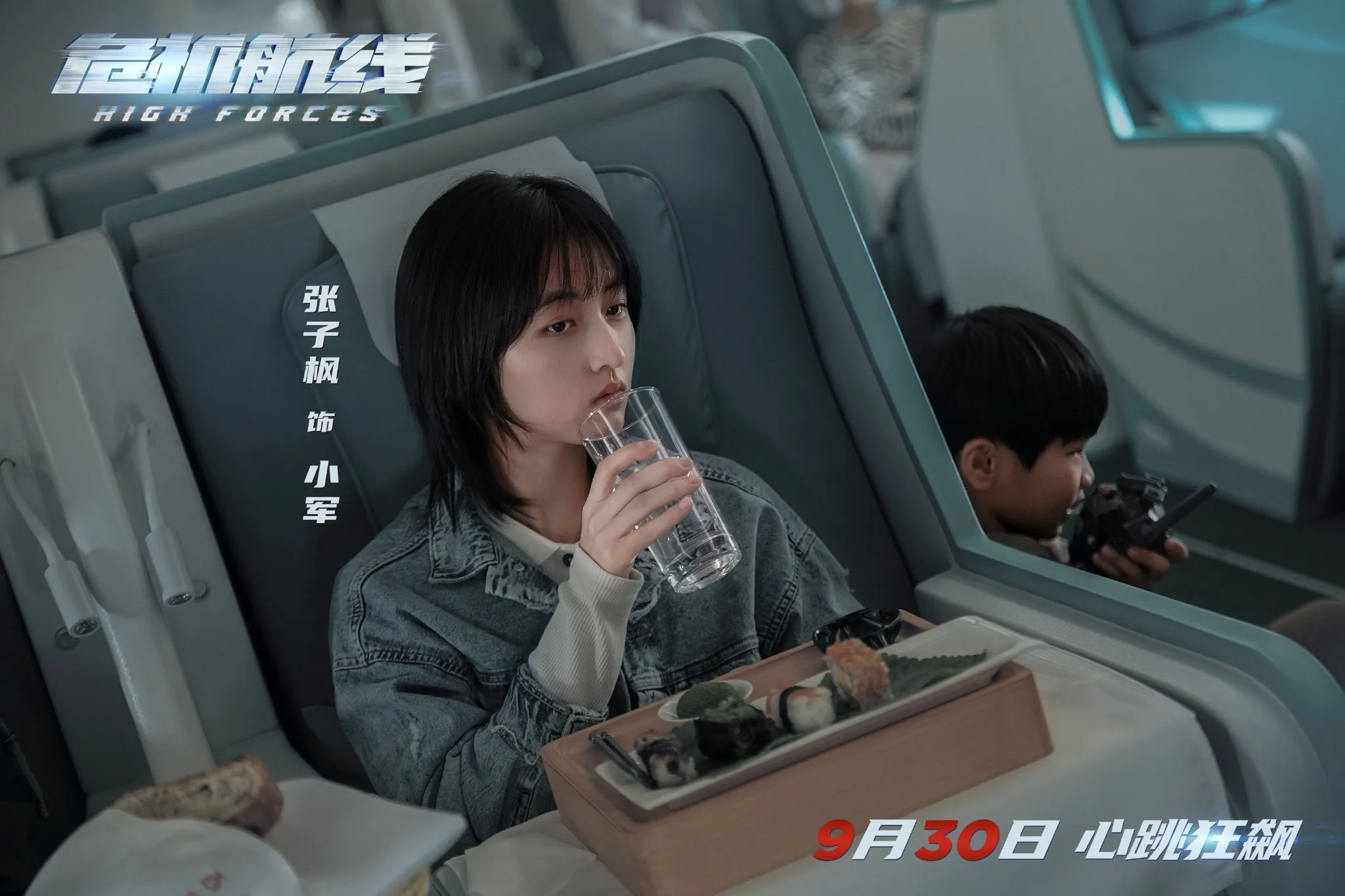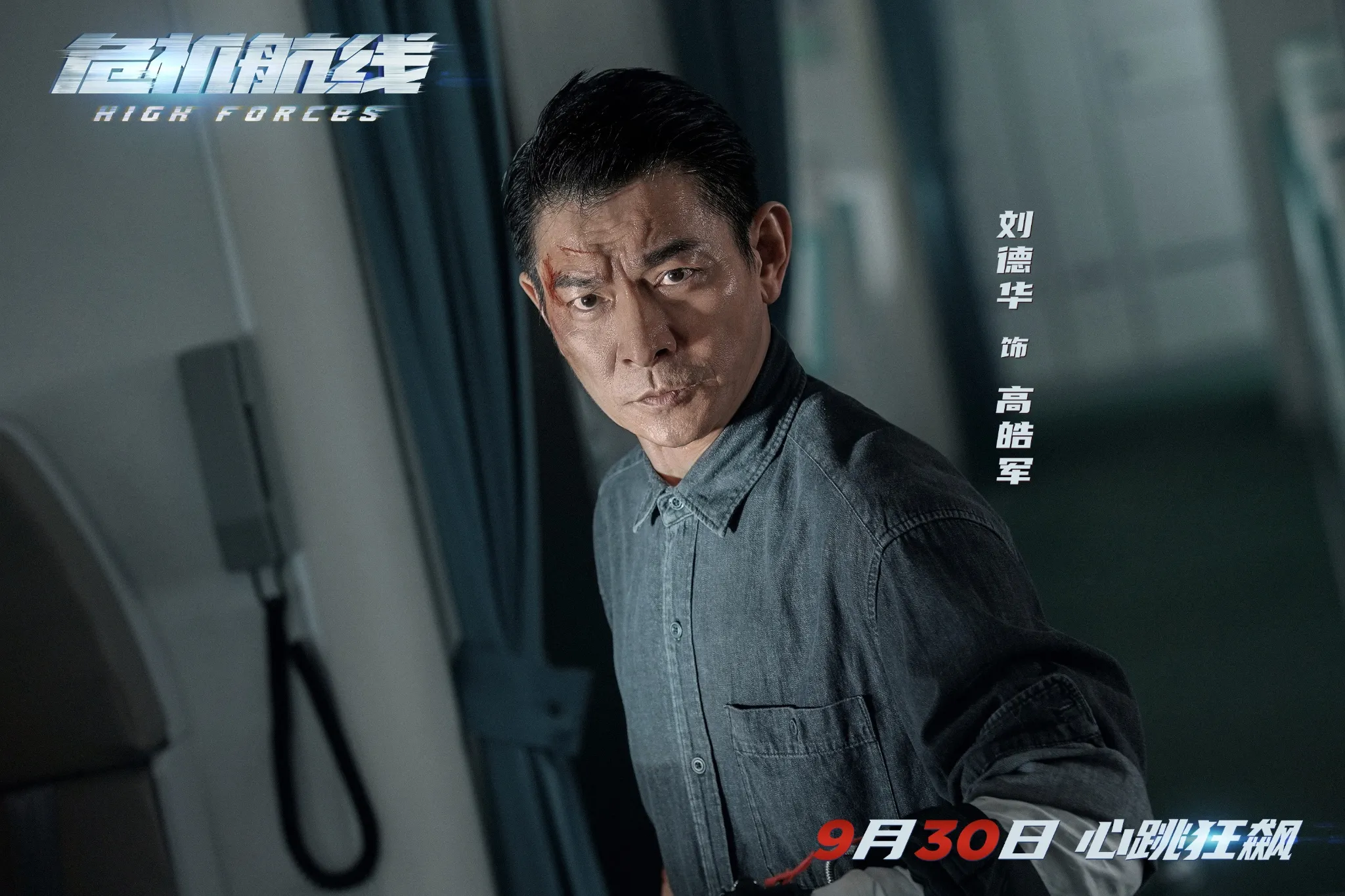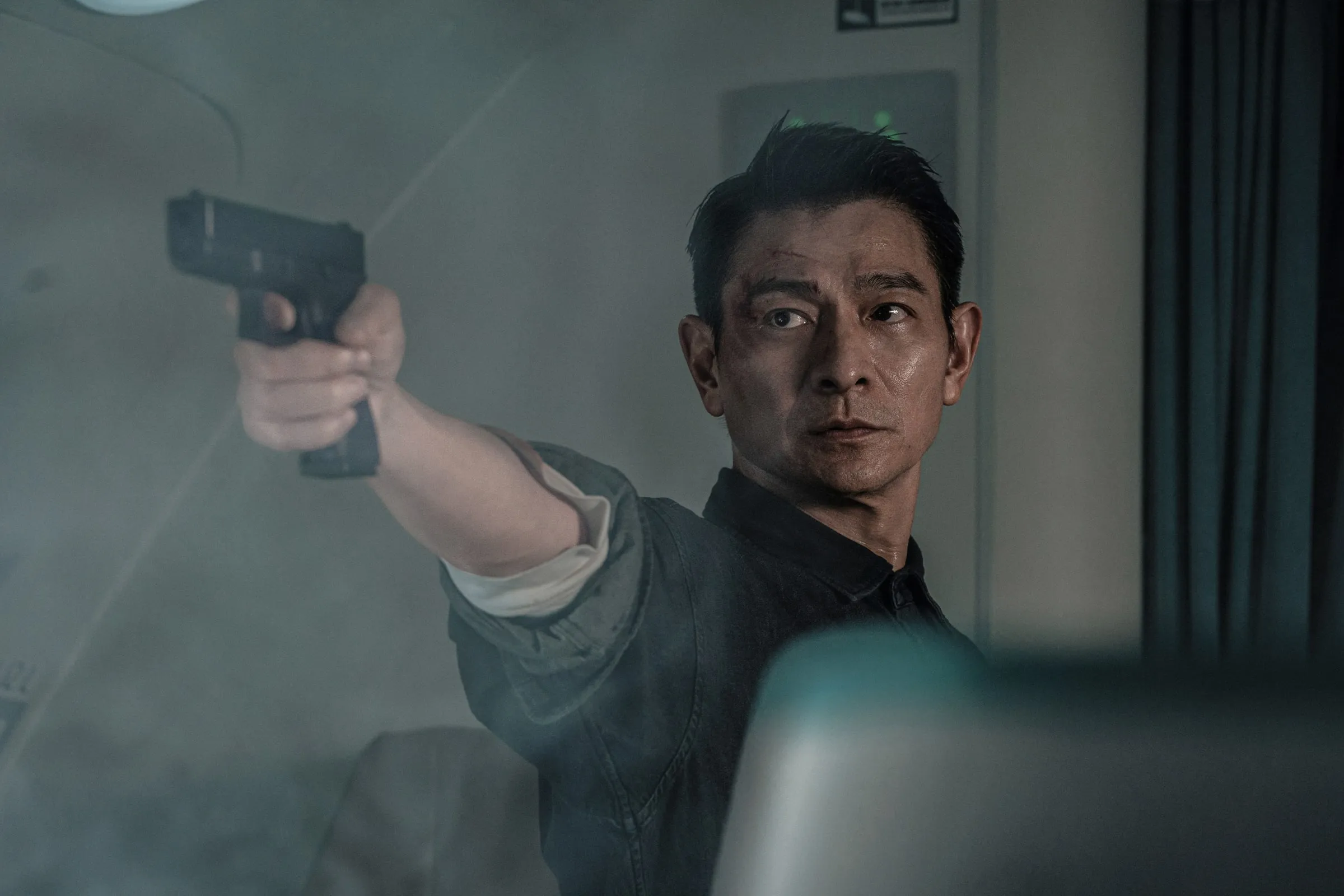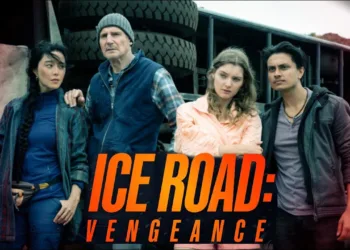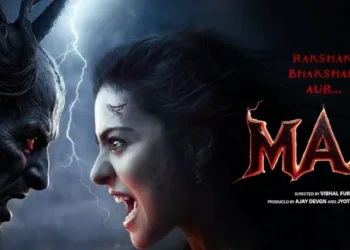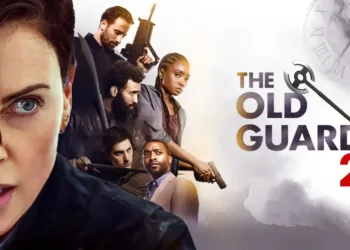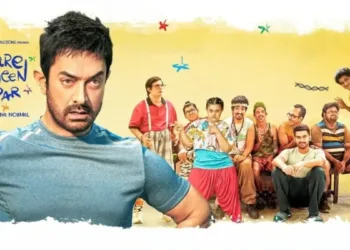Within “High Forces,” we meet Gao Haojun, played by Andy Lau, who used to be a special operations officer and is now a security expert for Hangyu Airlines. Gao’s tense relationship with his ex-wife, Fu Yuan (Liu Tao), and their blind daughter, Xiaojun (Zhang Zifeng), is revealed at the beginning of the narrative, which delves into family dynamics.
Gao joins the first flight without knowing that his family is also on board, which sets up the hijacking dramatically and randomly. This coincidental turn of events adds to the tension as hijackers, led by the unstable Mike (Qu Chuxiao), take over the plane and demand a large ransom.
The film’s pacing is off, with moments of forced emotional depth interspersed with intense action. Some flashbacks show Gao’s mistakes from the past and his ongoing guilt over his daughter’s blindness.
These narrative techniques are meant to give characters more depth, but they often get in the way of the flow of the film, making it hard for audiences to stay interested. The reliance on well-worn action tropes, especially those reminiscent of thrillers from the 1990s, feels both nostalgic and stale, missing the innovation that could elevate the narrative.
Unpacking the Layers: A Deep Dive into Character Complexity
Gao Haojun, as portrayed by Andy Lau, is a complex character whose journey combines high-octane drama with personal redemption. A terrible event taints his background as a former special operations officer: his irrational rage during a manic episode caused his daughter Xiaojun to go blind.
Gao is not just a hero trying to save his family; he is also a man who wants to make up for his past mistakes, and this haunting past shapes his motivations throughout the film. His emotional complexity becomes clear as the narrative progresses; his tough exterior frequently hides a deep-seated guilt and longing for reconciliation.
Gao’s character growth is compelling despite the film’s narrative flaws. In a situation with high stakes, he goes from being a cocky security expert to a protective father, and Lau’s nuanced performance adds an authenticity that rings true, especially in the character’s vulnerable moments. However, the script occasionally stifles this development by leaning too heavily on action tropes and not allowing Gao to change meaningfully.
Unlike Gao, Qu Chuxiao’s character, Mike, is about chaos and not knowing what will happen next. Mike, a hijacker with a scary personality, grapples with bipolar illness, and these struggles influence his motivations. Gao and I both have mental health problems, which makes things more complicated without making their stories too simple. Gao sees Mike as the opposite of him; Mike represents the worst parts of uncontrolled anger and revenge. Even though his cruelty in times of need raises the stakes, he lacks the depth to make him a memorable bad guy.
While Gao’s character arc is about redemption, Mike feels stuck in a cycle of violence, effectively building tension but not satisfyingly exploring his motivations.
The supporting group, especially Fu Yuan and Xiaojun, is very important to Gao’s story. Liu Tao’s portrayal of Fu Yuan shows a mother torn between her past and present, navigating the complexities of her relationship with Gao while safeguarding their daughter. Her character reflects the struggles of family ties under pressure, giving the narrative emotional weight.
Xiaojun’s character, who is blind, is strong and sensitive. Her hearing aids represent the knowledge that her father often lacks. Her contacts with Gao show both the pain of the past and the hope of reconciliation, making her an important part of his emotional reckoning.
Other notable characters, such as the airline CEO and different hijackers, serve to heighten the tension in the film but frequently veer into stereotype territory. Their lack of depth highlights the film’s fight to balance action with significant character development, even though they help advance the plot. A missed chance to examine larger cultural narratives about family, trauma, and responsibility is highlighted by the film’s reliance on archetypes rather than fully developed characters.
Star Power: Assessing the Performances that Drive the Narrative
Unquestionably, one of the film’s best parts is Andy Lau’s performance as Gao Haojun. It shows how well he can navigate the complexities of a character who is torn between regret and determination. When Gao grapples with his past mistakes and the ghosts of his family life, Lau gives him a raw emotional depth. His performance is at its best in the quieter moments when you can feel the weight of his guilt and longing for redemption.
However, the film sometimes relies too heavily on action scenes, making it difficult to see the subtleties of his performance. Although Lau plays a physically demanding part, the writing frequently simplifies Gao’s emotional journey, preventing a more in-depth examination of his character. This contrast makes people want more from a performance that has the potential to have a deep impact.
Liu Tao’s performance as Fu Yuan offers a compelling contrast to Lau’s character. Her performance captures the struggles of a mother who is pulled between her past and her need to protect their daughter, Xiaojun. Tao’s ability to show weakness while still being strong enhances the emotional scenery of the film, giving her character more depth.
Qu Chuxiao’s performance as Mike, the bad guy, is intense and scary. Qu successfully conveys Mike’s instability and underlying pain, even though his character lacks the depth that would elevate him to a memorable villain. In contrast to Lau’s more grounded performance, the film explores the themes of anger and redemption.
By enhancing the emotional stakes of Gao’s journey, the supporting group significantly contributes to character growth. The film, however, could have benefited from more complex interactions between characters, as these moments frequently serve as the most illuminating glimpses into their struggles and motivations. It’s a missed opportunity that could have elevated the film beyond its usual framework at a time when character-driven narratives are widely praised.
Vision and Style: Oxide Pang’s Directional Footprint
Oxide Pang’s visual storytelling approach to “High Forces” oscillates between moments of striking clarity and overwhelming chaos. He attempts to provide a visceral representation of Gao and Mike’s inner turmoil by using color filters, especially the reds and greens that represent their emotional states.
Although this technique can effectively draw attention to the psychological stakes, it frequently feels overbearing and detracts from the narrative’s subtleties. Without the same deftness that directors like Godard and Truffaut used to elevate their stories, the visual style occasionally resembles French New Wave film’s daring, experimental aesthetics. The filters can come across as gimmicky rather than enhancing the emotional weight, which adds to the film’s fight to strike a balance between style and substance.
Another thing that stands out is how quickly the film moves along. A background in thrillers can be seen in Pang’s choreography of action scenes, with some scenes building real tension. However, the editing can be jarring, especially during high-stakes drama moments where quick cuts obscure the action, making it hard for viewers to fully connect with the unfolding drama.
Instead of immersing the audience in the narrative flow, scene changes frequently feel abrupt and pull them out of the experience. The general rhythm of the film is impacted by this uneven pacing, which occasionally makes it feel disconnected.
In a time when smooth editing can improve storytelling—think of the fluidity in Noah Baumbach’s works—Pang’s decisions sometimes slow down the narrative. This inconsistency reflects the tension between conventional action tropes and cutting-edge storytelling techniques, which is a larger trend in modern cinema. Despite Pang’s flashes of creativity, the film finally grapples with a lack of cohesion that lessens its impact potential.
Adrenaline and Aesthetics: The Thrill of Action and Visual Craft
“High Forces” attempts to deliver a series of adrenaline-pumping action sequences reminiscent of classic thrillers from the 1990s. One of the most memorable moments in the film is during the hijacking when Gao Haojun must navigate the tight quarters of the Airbus A380 and engage the hijackers in a series of carefully staged fights. Even though the choreography is ambitious, it frequently suffers from uneven execution. Some fights are tightly built and pulse with urgency, making you feel every blow, while others fall flat due to quick cuts and shaky camera work.
The film feels a little outdated in a world that values more complex, character-driven action more and more these days due to its reliance on traditional action tropes, such as the hero fighting multiple enemies by himself. Particularly when Gao’s personal stakes are intertwined with the chaos around him, there are moments that suggest a deeper emotional resonance. The audience may feel disconnected from the protagonist’s journey due to the film’s tendency to value spectacle over substance.
Many mainstream action films struggle to balance realism and spectacle in visual effects. Unfortunately, some scenes use a mixed bag of CGI, especially during the most exciting moments of the hijacking. Some moments, like the decompression scene, are done with enough tension and thrill, but others, like the over-the-top portrayal of the characters hanging outside the plane, aren’t quite there. Instead of immersing watchers in the action, this exaggeration takes them out of it.
The CGI in “High Forces” feels abrupt and occasionally unprofessional in today’s film industry, where audiences are used to the smooth visual effects of hits like “Mad Max: Fury Road” or even the artistic stylization found in films from directors like Greta Gerwig. This contradiction undermines not only the film’s attempts to build tension but also reflects a larger trend in the genre: the need to ground spectacular visuals in authenticity. While action films thrive on their ability to push limits, “High Forces” frequently goes against this goal, leading to action set pieces that, while entertaining, lack the impact and cohesion that modern audiences have come to expect.
Contrasting Currents: Navigating Themes and Tonal Shifts
As seen through Gao Haojun’s relationship with his estranged wife and blind daughter, “High Forces” explores the complicated themes of family relationships, redemption, and guilt. The film beautifully shows a father’s fight to be forgiven, tying his search for redemption with the chaos of a hijacking. The impact of past mistakes and broader cultural concerns about family duty are amply reflected in this narrative thread.
The way mental illness is portrayed, especially through Gao’s bipolar disorder and Mike’s crazy behavior, also brings up important questions about how psychological struggles are portrayed in popular movies. The film attempts to illuminate these problems but frequently oversimplifies them, turning complicated events into simple plot devices.
Another point of disagreement is the film’s stable tone. Particularly in its action scenes that border on the ridiculous, it oscillates between moments of real emotional weight and absurdity. While the serious themes of redemption and guilt are compelling, the over-the-top action frequently distracts from them. This blend can be confusing. The film has many serious moments that clash with its unrealistic scenes, which creates an uneven tone that diminishes the narrative impact.
“High Forces” lacks the finesse to successfully navigate the line between drama and absurdity, evoking the playful yet moving tone of some French New Wave films. This lack of consistency eventually prevents the film from connecting with viewers on a deeper emotional level, leaving them to deal with a gap between its grand themes and its execution.
Final Thoughts: Strengths, Weaknesses, and the Journey Ahead
A blend of ambition and execution is displayed in “High Forces,” which finally leaves a mixed impression. Andy Lau’s performance as Gao Haojun is one of the movie’s best parts. He gives a complicated character struggling with guilt and redemption a lot of emotional depth.
The film’s family relationships and mental health themes are still relevant to modern audiences, showing worries about personal responsibility in a chaotic world. There are moments when Pang’s direction shines, especially in the quiet scenes that keep the narrative grounded in the chaos.
But the film’s flaws are just as clear. The tonal inconsistencies, which range from serious emotional beats to silly action scenes, create a jarring viewing experience that undermines thematic goals. While occasionally exciting, the action routine frequently lacks the coherence and clarity required to fully engage viewers. The film’s reliance on tired tropes also detracts from any potential narrative innovation, leaning too heavily on genre clichés.
In the end, “High Forces” struggles to successfully combine its themes and stylistic choices, but it has potential as a cultural artifact that reflects current societal problems. It provides moments of intrigue for those who enjoy action-packed thrillers with emotional undercurrents, but more critical viewers may wish for a tighter, more cohesive execution.
The Review
High Forces
The "High Forces" premise is compelling, and Andy Lau performs well. However, the movie falls short because of its inconsistent tone and reliance on tired action tropes. The lack of narrative innovation and uneven pacing eventually lessen its impact, even though it successfully explores redemption and family responsibility themes. The film has a few moments of intrigue but doesn't reach its potential.
PROS
- Strong performance by Andy Lau
- Engaging exploration of redemption and family dynamics
CONS
- Tonal inconsistencies throughout
- Reliance on conventional action tropes
- Uneven pacing and editing
- Limited narrative innovation














